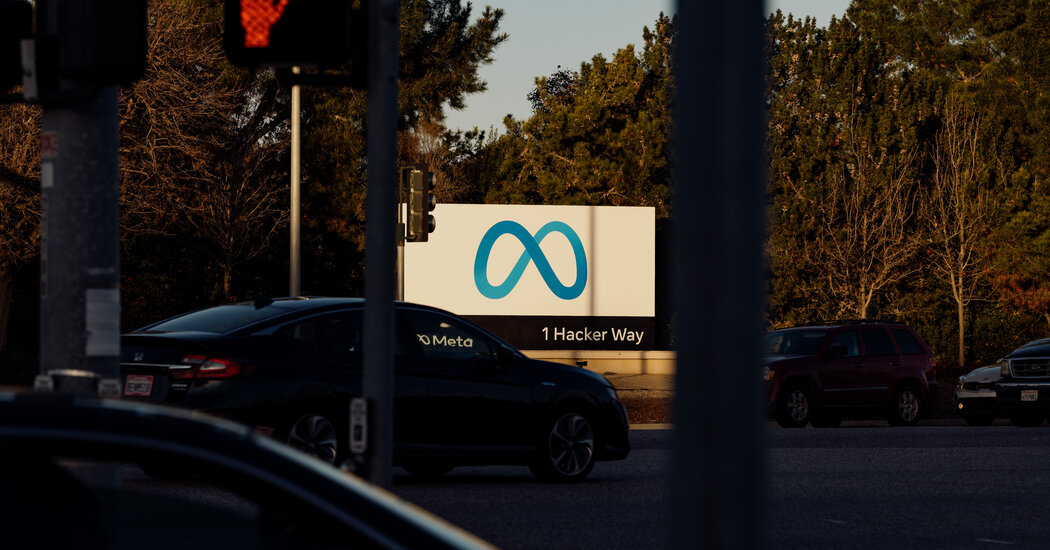Federal Reserve Officials Were Cautious in September
Federal Reserve policymakers expected that rates might need to rise slightly higher as of their September meeting, freshly released minutes from the gathering showed. But they were also determined to creep forward carefully, wary that they could overdo it and clamp down on the economy too hard.
Officials left interest rates unchanged at their Sept. 19-20 meeting, having raising them sharply since March 2022. Rates are now set to 5.25 to 5.5 percent, up from near-zero 19 months ago.
Even as policymakers left borrowing costs steady last month, they projected that they might need to make one more rate move in 2023. They also estimated that they would leave interest rates at a high level for a long time, lowering them only slightly next year. Because steeper Fed rates make it more expensive to borrow to buy a house or expand a business, those higher costs would be expected to gradually cool the economy, helping central bankers to curb demand and wrestle inflation under control.
Yet Fed officials have become increasingly wary that they could overdo their campaign to slow economic growth. Inflation has begun to moderate, and central bankers do not want to crimp the economy so aggressively that they cause unemployment to jump or spur a meltdown in financial markets.
“Participants generally noted that it was important to balance the risk of overtightening against the risk of insufficient tightening,” according to the minutes, released on Wednesday.
The economy has so far proved to be very resilient to higher interest rates. Even as Fed officials have pushed their policy rate to the highest level in 22 years, consumers have continued to spend money and businesses have continued to hire. The September jobs report showed that employers added far more new workers last month than economists had expected.
That staying power has caused policymakers and Wall Street alike to hope that the Fed might be able to pull off what is often called a soft landing, gently cooling the economy and lowering inflation without tanking growth and pushing unemployment drastically higher.
But soft landings are historically rare, and officials remain wary about risks to the outlook. Fed officials identified the autoworkers’ strike as a new risk facing the economy, one with the potential to both increase inflation and slow growth, the minutes showed. They also saw climbing gas prices as something that could make it harder to bring inflation under control. At the same time, they pointed out that a slowdown in China could cool global growth, and noted that stress in the banking sector could also pose a hurdle to the economy.
There is also the possibility that the economy will not slow down enough to allow inflation to fully moderate.
As of the September meeting, “a majority” of Fed officials thought one more rate move would be needed, while “some” thought rates would probably not need to be raised again.
Since that gathering, longer-term interest rates in markets have moved up notably. That has caused investors to doubt that officials will actually follow through with a final rate move.
Fed policymakers themselves have signaled that they may not need to raise rates any further, since higher borrowing costs in markets will help to slow the economy.
Christopher J. Waller, a Fed governor who often favors higher rates, said at an event on Wednesday that officials were in a position to “watch and see” what happened, and would keep a “very close eye” on the move and “how these higher rates feed into what we’re going to do with policy in the coming months.”


